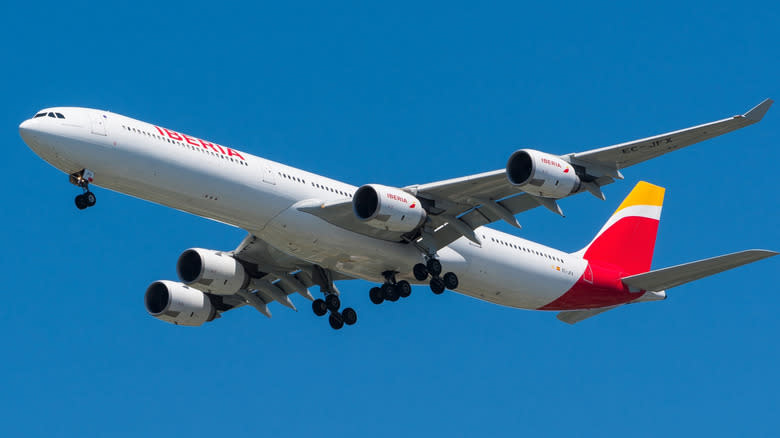
Passengers on Airbus jets operated by U.S.-based discount airlines like Frontier and Spirit may have a bad experience that feels like riding on, well, an actual bus. With hard plastic seats and legroom best suited for children, it's an unpleasant way to travel. But back in the late 1970s, when films like "Saturday Night Fever" graced the big screen, Airbus was itching to bring the fight over prestigious long-haul dominance to more established aerospace companies like Boeing and McDonnell Douglas.
The two widebody jets that emerged from that development process in the early 1990s were Airbus' A330 and A340, which are quite similar, sharing the same fuselage, flight deck, and wing design. As a result, pilots and crew can move between them with little additional training. However, one important distinction is that the A340 has four smaller engines compared to the A330's two larger ones.
The main reason for offering the A340 with its quartet of engines was that some airline customers preferred the redundancy of having four engines in the event of an engine failure while flying long routes over open oceans. American carriers were comfortable with two engines, but Asian airlines operating across the Pacific preferred four. However, since the A340 debuted, twin-engine jets are increasingly being certified for flying longer distances without a backup airport nearby. That detracts from the need for the A340 with its higher operating costs. Of the 377 total A340s built, only 49 operate in regularly scheduled passenger service as of May 2025.
Read more: Nobody Does Land Yachts Like Cadillac, And These Are Five Of The Best Ones
Twin-Engine Jets Have Proven Reliable
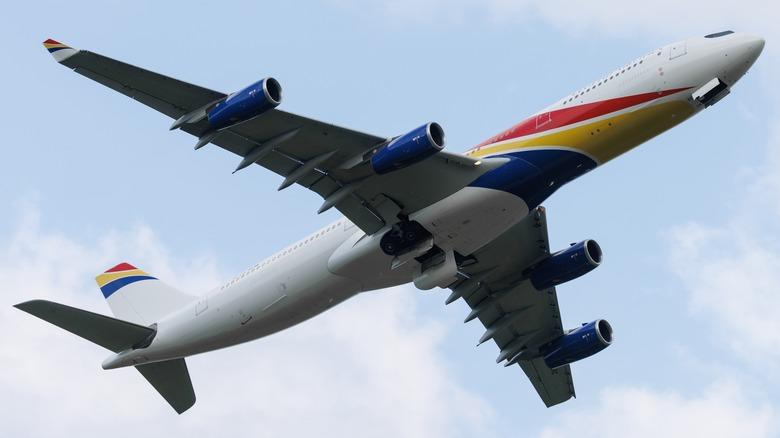
The death knell for the A340's popularity came in the form of ever-increasing ETOPS ratings for twin-engine jets. ETOPS is short for Extended-Range Twin Operations Performance Standards, although it's also been joked that the acronym stands for "Engines Turn Or Passengers Swim." Basically, ETOPS determines how far away twin-engine aircraft can stray from contingency airports in case one engine fails. For example, the Airbus A350 has an ETOPS rating of 370, which means that it can continue flying for 370 minutes to safety using just one engine. That's significantly longer than the first ETOPS rating of just 120 minutes, granted to a United Airlines Boeing 767 in the 1980s while the A340 was in development.
Before ETOPS became a thing, twin engine jets were only allowed to fly paths that continually placed them 60 minutes or less from the nearest airport, in case they needed to divert. To circumvent the 60-minute rule, aircraft manufactures turned to trijets (three engines) like Douglas' DC-10 and even larger four-engine jets like the fuel-thirsty Boeing 747 and our subject, the Airbus A340. Nowadays, relatively few jets with greater than two engines remain in commercial passenger service, though some are still popular for carrying cargo due to their slightly higher weight capacities.
As for why the A340's engines are so diminutive, it's so the four engines' fuel consumption and noise level weren't totally noncompetitive with twinjet aircraft. That said, the A340's fuel economy is still marginally worse, not to mention the cost of servicing, or replacing when necessary, four engines versus just two.
Want more like this? Join the Jalopnik newsletter to get the latest auto news sent straight to your inbox...
Read the original article on Jalopnik.
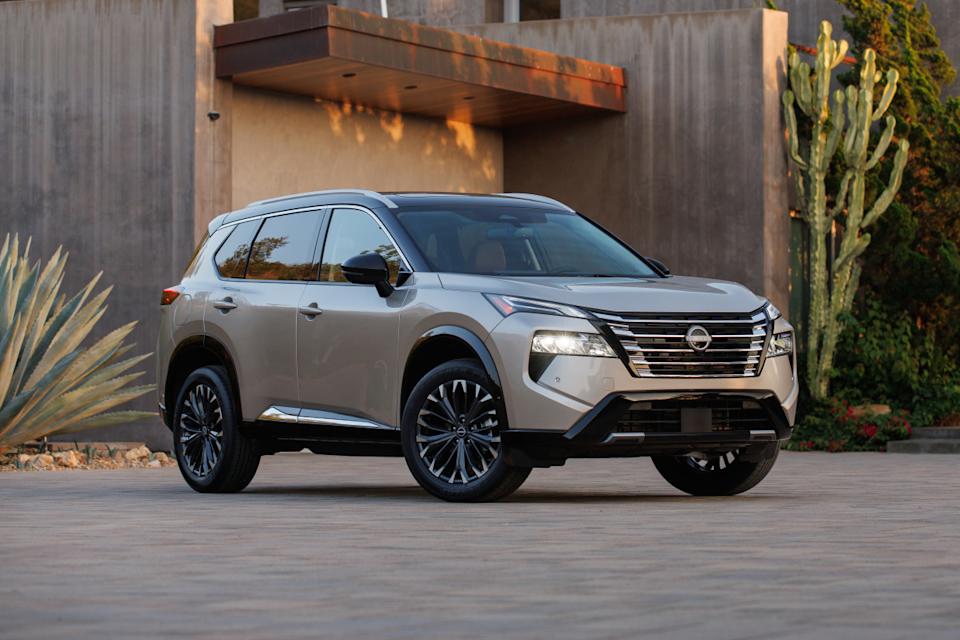
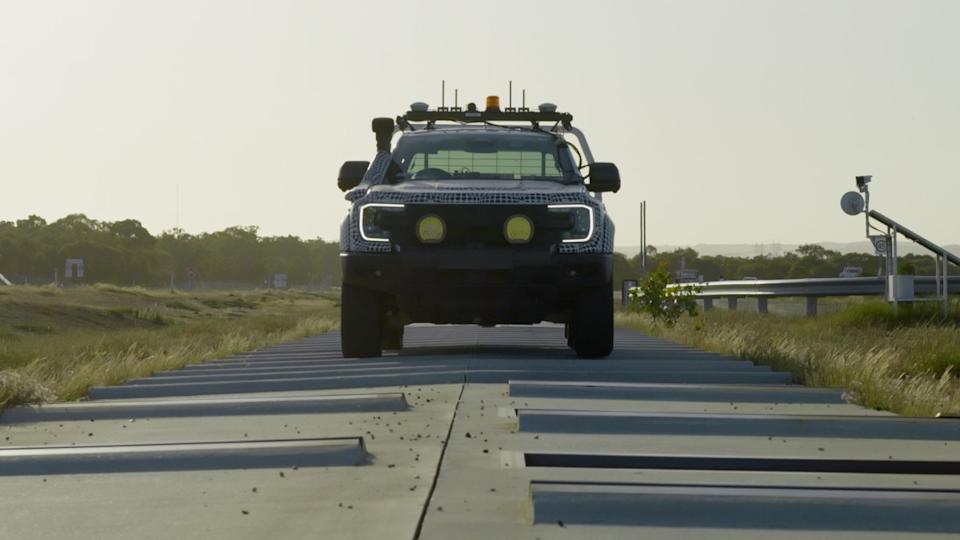

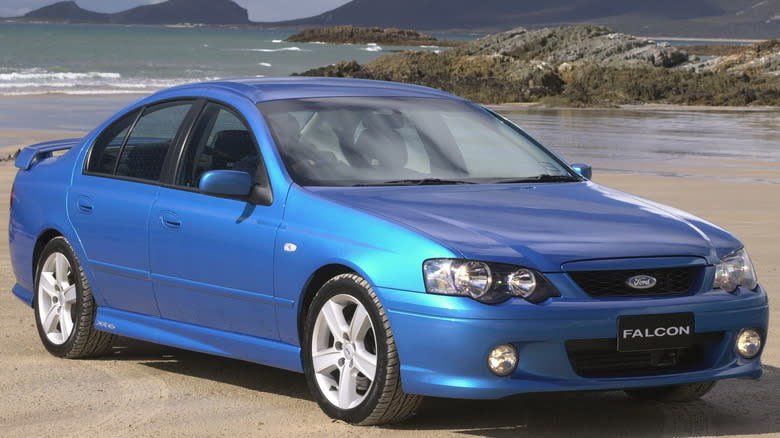
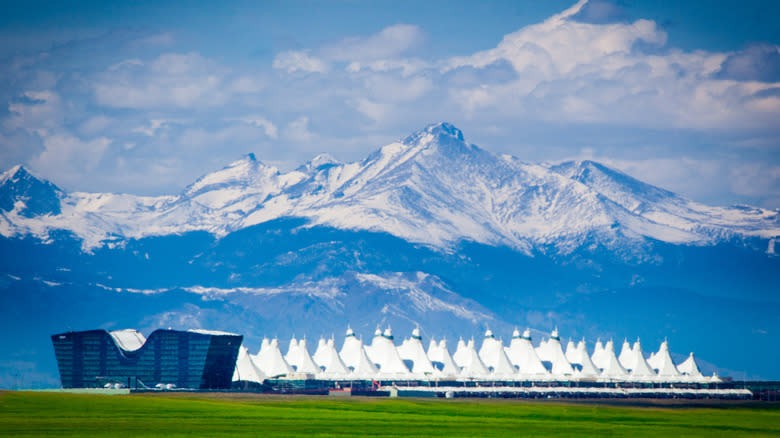

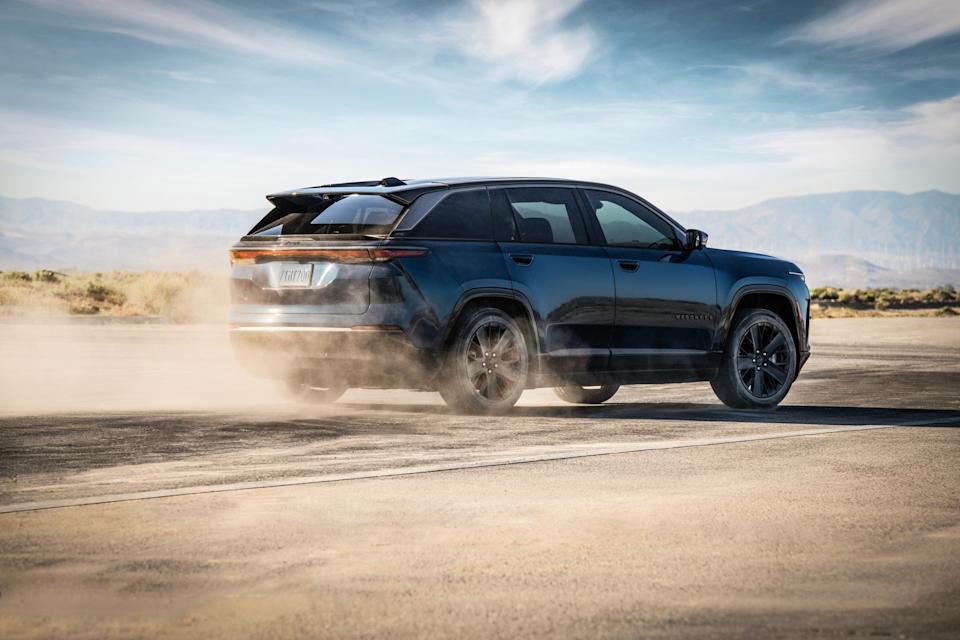
Comments